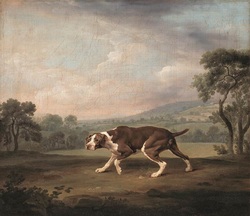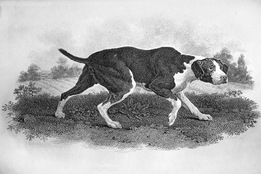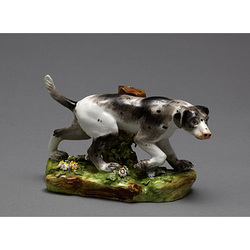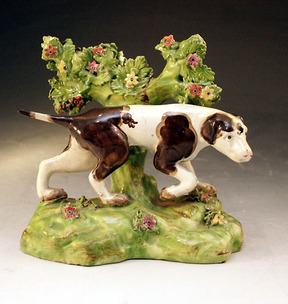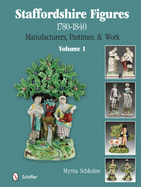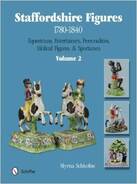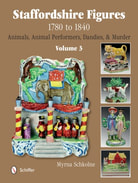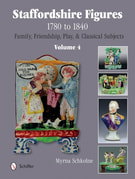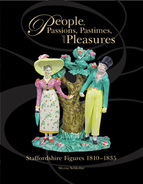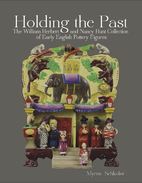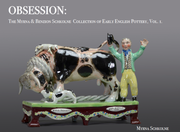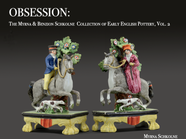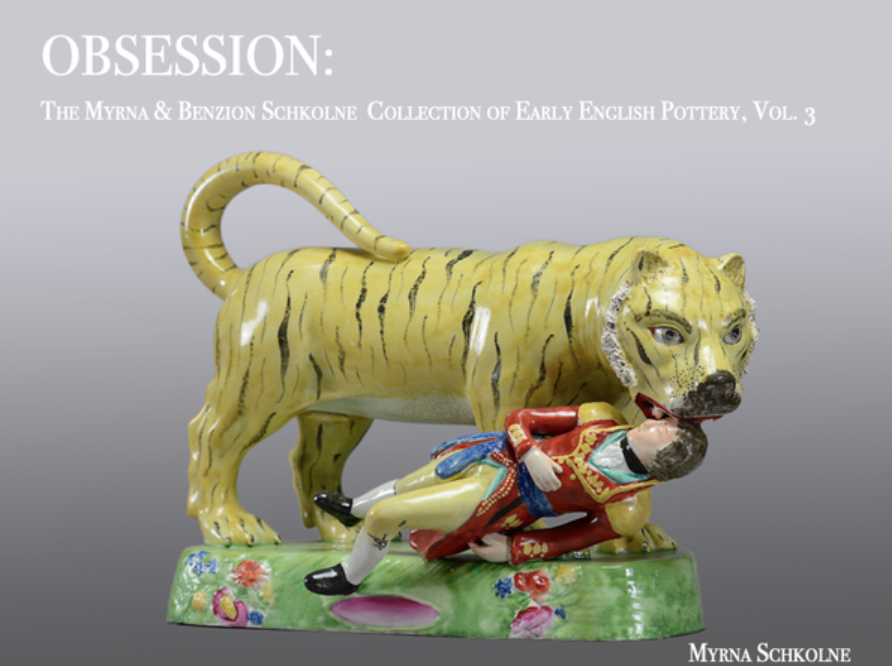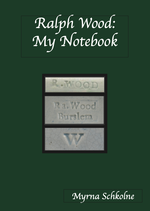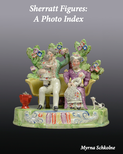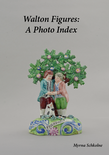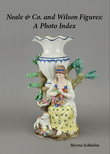Today's athletes are brawny human beasts, but early nineteenth-century sports stars were—with the exception of pugilists—animals. If you page through pre-Victorian copies of the illustrious Sporting Magazine, you will find engraving after engraving memorializing skilled horses and dogs. For dogs, conformation had not yet become a matter of concern (oh how shallow we have become!) Instead, dogs of great skill were illustrated for all to admire. Thus, Lord Camelford’s pugnacious dog Trusty earned a full page in the Sporting Magazine to display his squat, battle-scarred torso, and Billy, a rat-catching terrier of the 1820s, was depicted setting new records for that now-defunct sport. But most universally admired were gun dogs. After all, a gentleman’s achievements in the field were primarily the successes of his dogs.
The pointer was the aristocratic dog of the pre-Victorian era. Pointers arrived in England from Spain in the early 1700s. Some of those early dogs were given Spanish names--was it to make them feel more at home in their new land? George Stubbs, renowned for his fabulous animal paintings, painted a Spanish pointer named Sancho in 1766.
By 1800, breeding pointers with setters and foxhounds had yielded the English pointer. This dog was perhaps smarter than its owners! Pointers now fastidiously disdained rough country and water. Wily pointers were known to have refused to hunt for poor marksmen, and one even returned home in disgust after his master had fired repeatedly without bringing down a bird.
